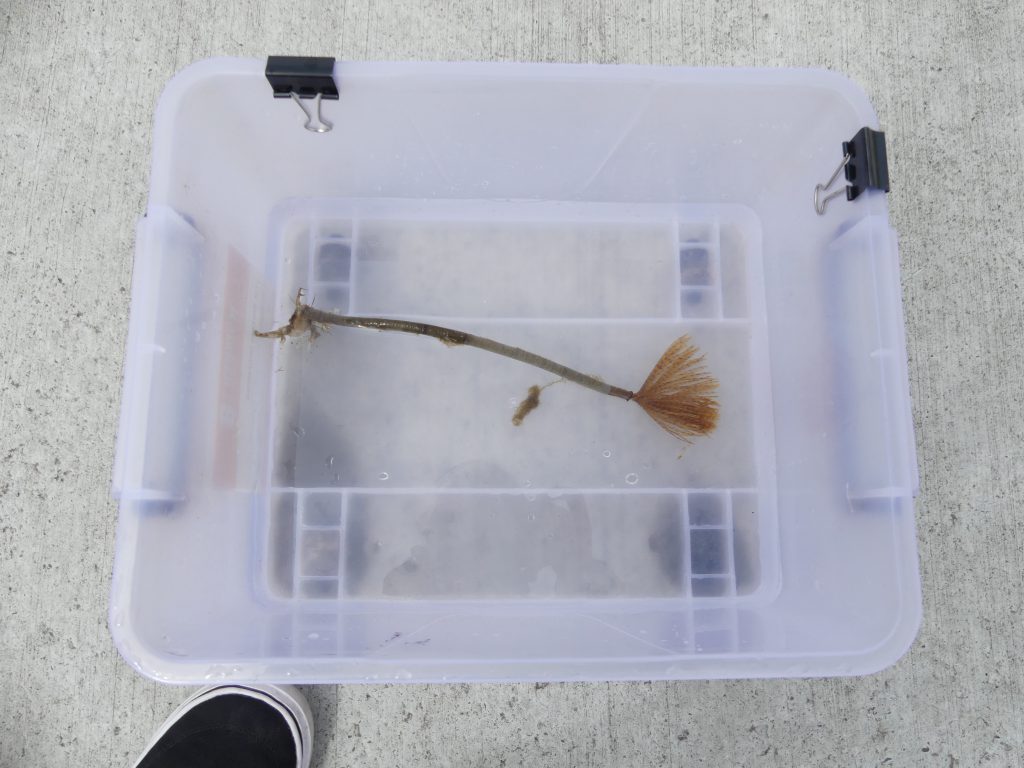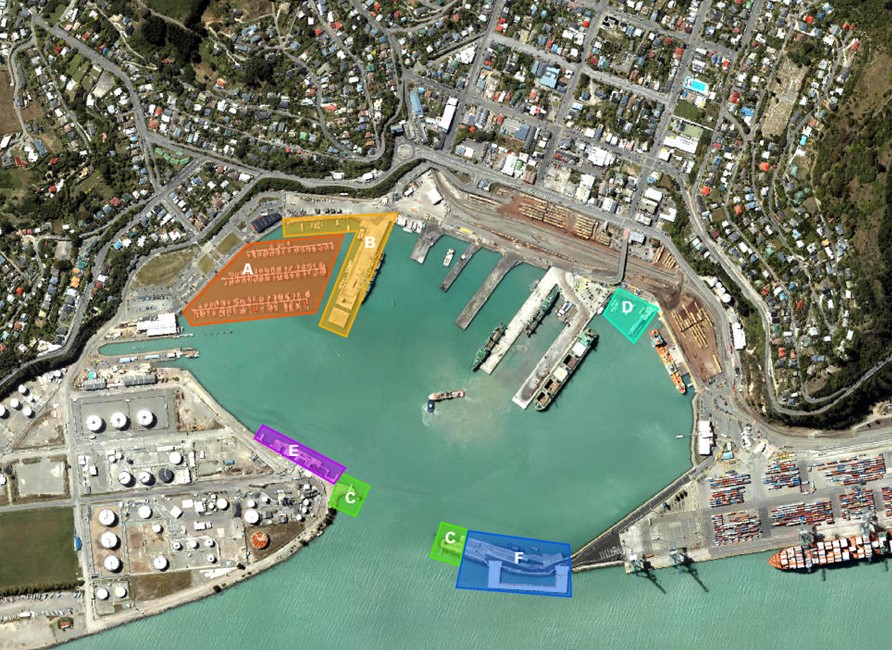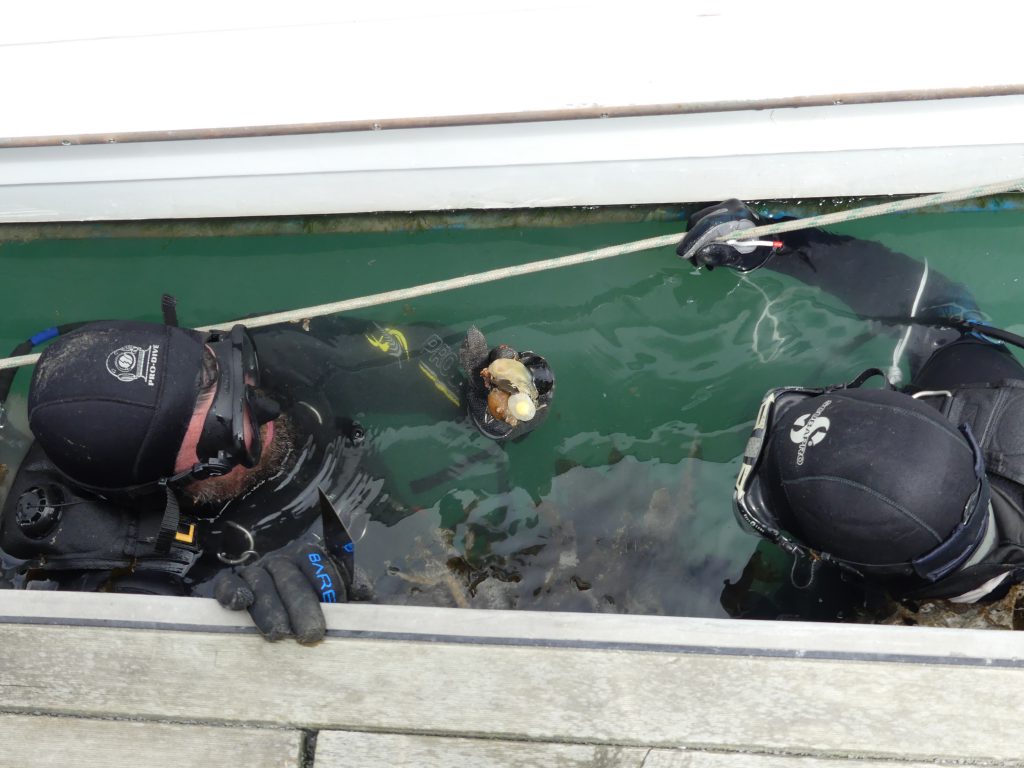Lyttelton Port Company’s (LPC) dive team was thrown in the deep end recently to begin removing marine pest Mediterranean fanworm (Sabella spallanzanii) from the inner harbour.
On Friday 5 November, three divers plus a dive attendant began the arduous task of removing fanworm by hand at Te Ana Marina. The marina is one of six immediate high-risk locations under investigation throughout Lyttelton Harbour / Whakaraupō over the next three months at least.
Fanworm has been present in low numbers in the inner harbour for over a decade and are a threat to native biodiversity, mahinga kai and commercial marine farming operations.
But in recent times, the trend in the number of fanworm detected over recent surveys has risen and the likelihood of continued increased spread within and beyond the inner harbour give this issue high priority for immediate response.
The fanworm is a large worm that has a long leathery tube that is pale brown in colour. The tube is usually fixed to a hard surface and can grow up to 80cm in length. They have long tentacles at the top of the tube which look like a spiral fan, which are usually orange, purple or white.
Training is required for fanworm removal to be able to properly identify it from the native tubeworm and to effectively remove it.

Fanworm attaches to hard structures in sheltered marine environments including pontoons, piles and vessels. They are easily spread by vessel movements and reproduce rapidly. LPC’s immediate response will see divers travel along underwater surfaces within the target areas and remove the pest by hand as they go.
The wider response will be led by Environment Canterbury and Ministry for Primary Industries to survey and remove fanworm from other areas within Whakaraupō. LPC project lead Kirsty Brennan said the immediate campaign is an important one to kick off in the inner harbour.
“We needed to get this project underway as soon as possible really given the known hot spots, and with help from our project partners we were thankfully able to get started at the beginning of November,” she said.
“Fanworm can multiply quickly, so we want to reduce the population to stop its spread, especially going into the warmer months when vessel movements are only going to increase,” Kirsty said.
Funding has been granted from the Whaka Ora Healthy Harbour project to contract commercial dive services, and funding and resources are being provided by LPC to contribute to the immediate response and to the long-term plan.
LPC would also like to thank its partners in this project: Te Hapū o Ngāti Wheke, NIWA, MPI and Environment Canterbury.
Target areas (see image for clarification):
- Te Ana Marina
- Mediterranean Moorings and No. 7 Wharf
- Inner harbour entrance moles
- Tug and ferry berths and vessels
- Oil berth
- Z berth and cruise berth

